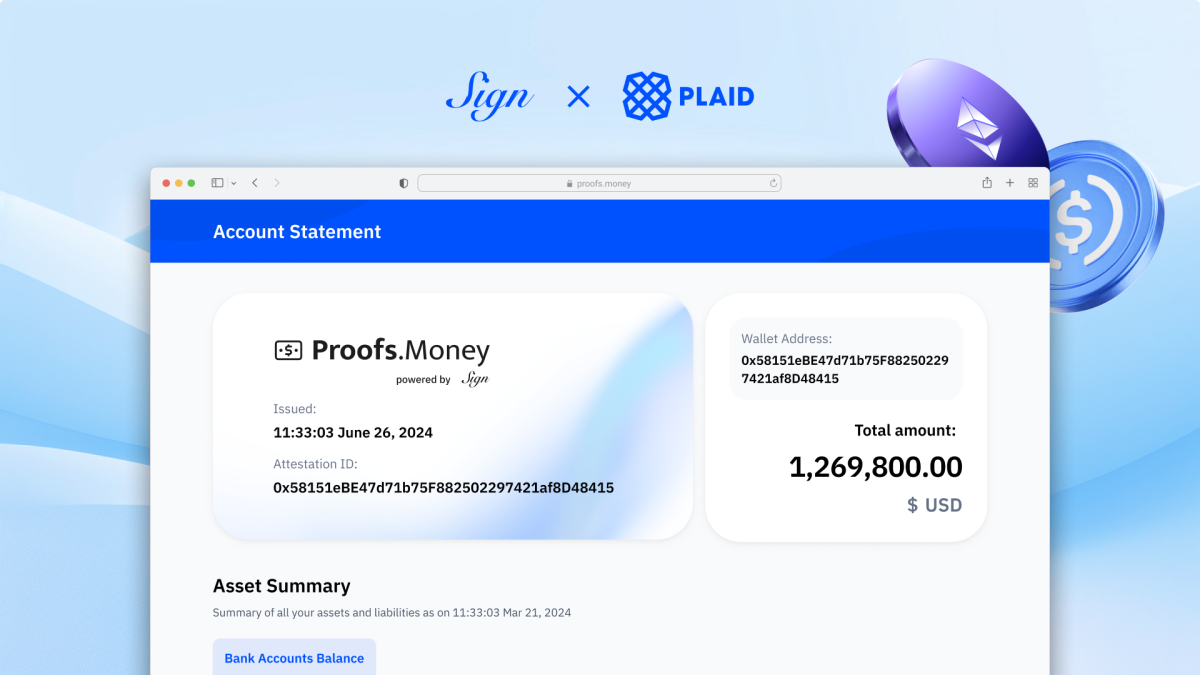A16z-backed cLabs submits plan for Celo to transition into Ethereum Layer 2

Quick Take
- cLabs, the core developer behind the Celo blockchain, has proposed migrating its network from a Layer 1 to a Layer 2 built on Ethereum.
- The company plans to leverage the OP Stack offered by Optimism to facilitate the transition and build its chain’s requirements.

cLabs, the core developer behind the Celo blockchain, has put forward a plan to transition its Layer 1 network into a Layer 2 solution built on Ethereum — a radical move that could result in improved security guarantees.
The proposal, posted on the project’s governance forum, states that the future version of Celo will be based on a Layer 2 rollup model — publishing security proofs to the Ethereum mainnet in order to maintain security. “Celo would inherit Ethereum’s security (providing stronger security assurances than Celo provides on its own),” the cLabs team explained.
The team hopes to use the OP Stack, a modular tooling offered by Optimism, to facilitate this transition and custom-build its chain’s requirements. The same approach was previously used by crypto exchange giant Coinbase to develop its Layer 2 network, Base.
As part of its Layer 2's architecture, cLabs said it would develop a decentralized sequencer using Celo’s existing validator set, which is intended to ensure that multiple entities would be able to secure the chain. The team is also planning to make use of a data availability layer, EigenDA, from the re-staking project EigenLayer, to achieve lower storage fees for the network.
Blue chip backers
Celo is an Ethereum Virtual Machine-compatible blockchain that raised $30 million in 2019 from prominent venture firms like a16z and Polychain Capital. It closed another $20 million round in 2021.
Currently, the network hosts several Ethereum-based decentralized applications such as Uniswap and Sushiswap, as well as native applications including Valora, Mento, and UbeSwap.
The proposal noted that migrating its EVM-compatible Layer 1 to an Ethereum L2 will be a technical upgrade that will not impact the existing Celo ecosystem of apps.
© 2023 The Block. All Rights Reserved. This article is provided for informational purposes only. It is not offered or intended to be used as legal, tax, investment, financial, or other advice.

